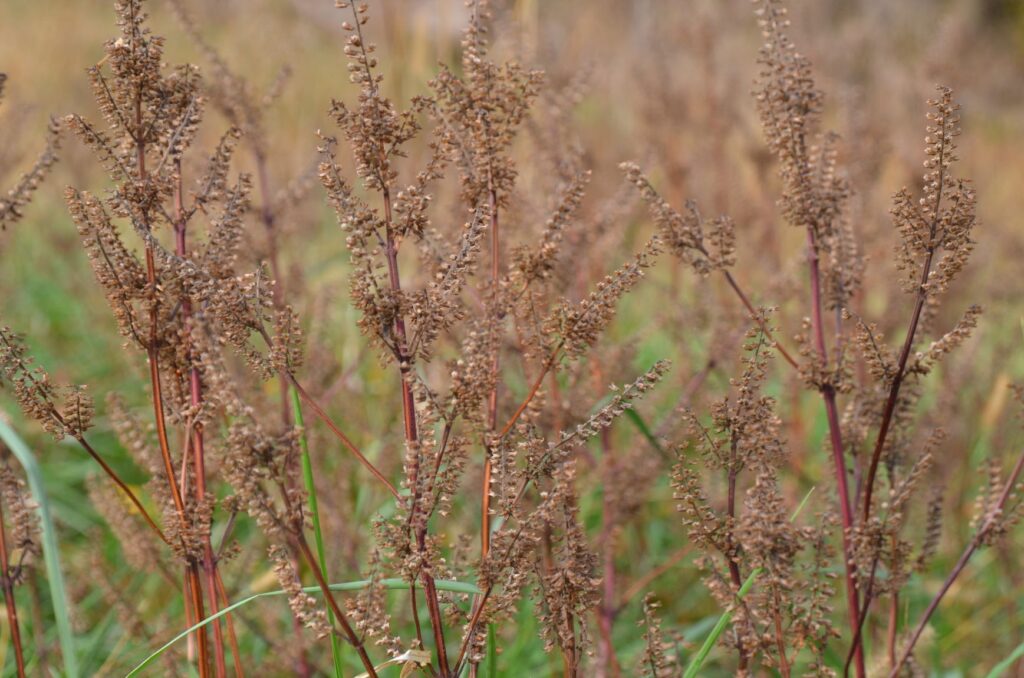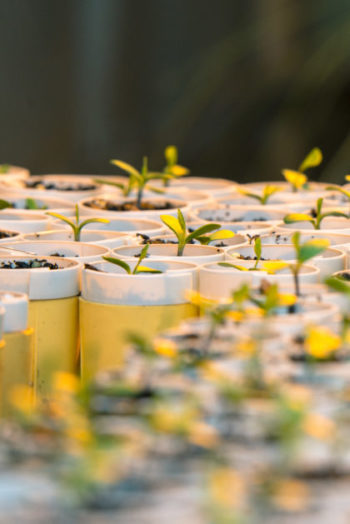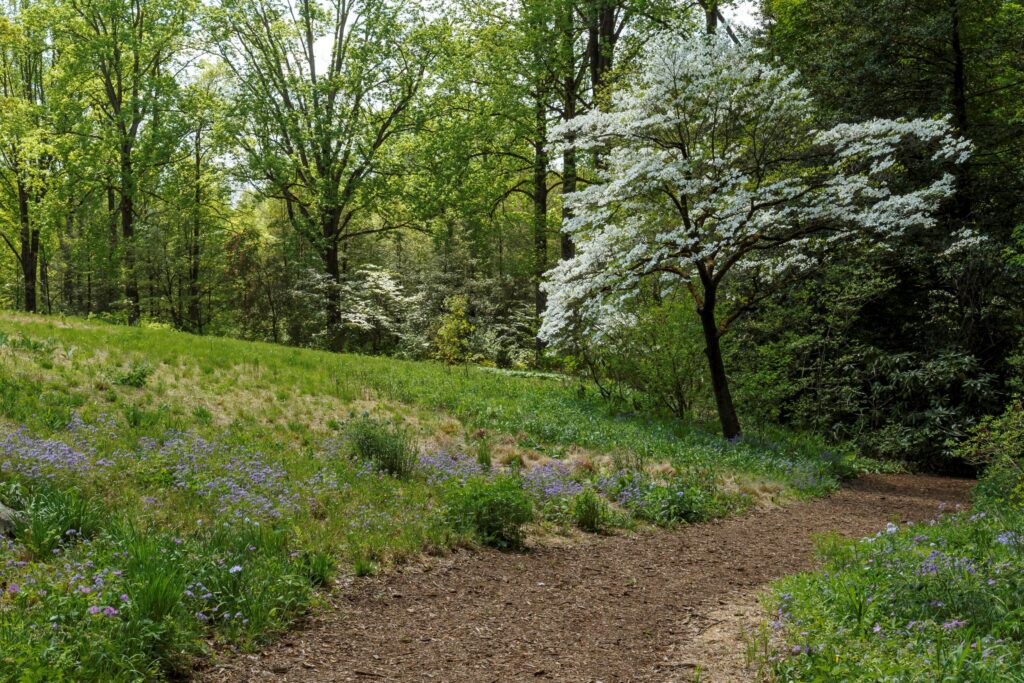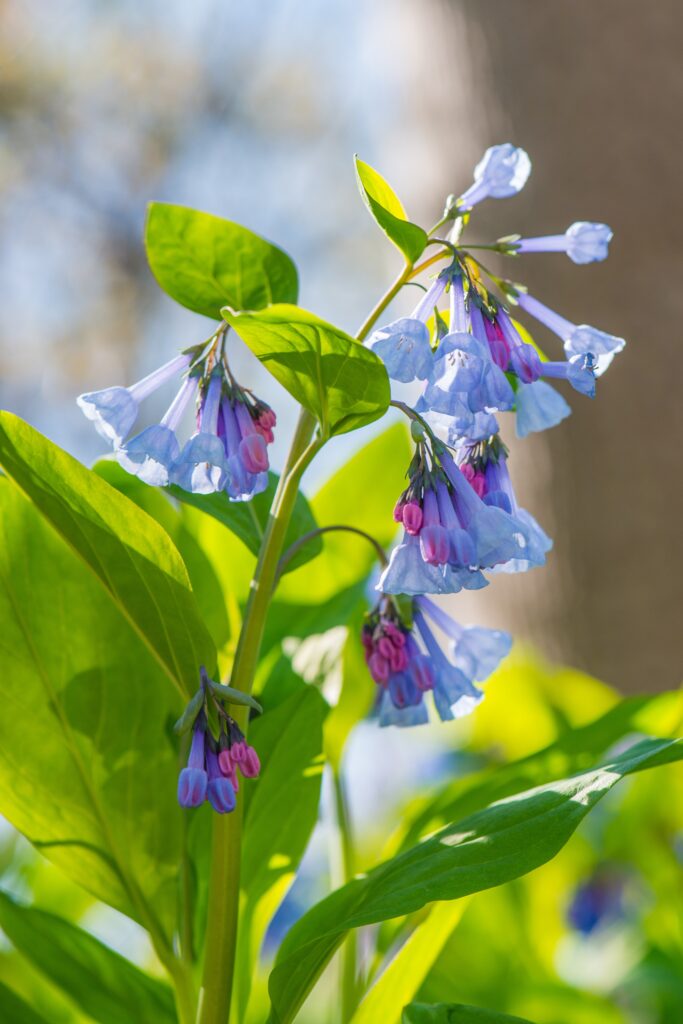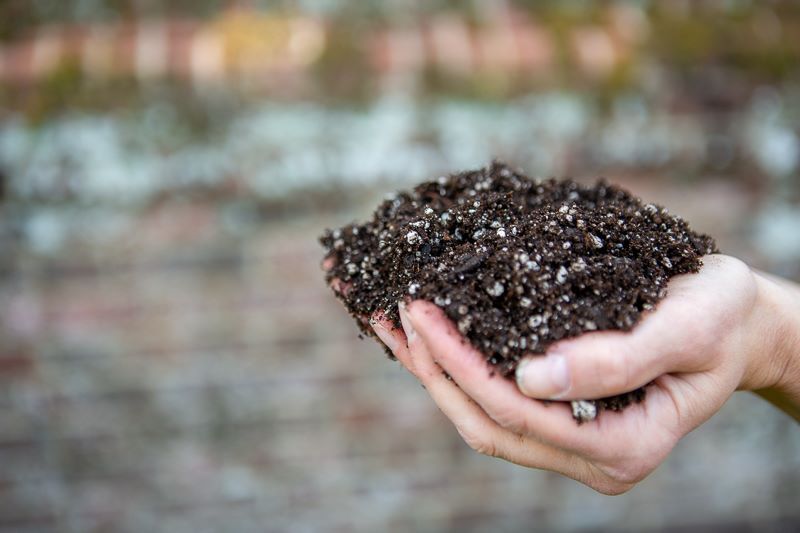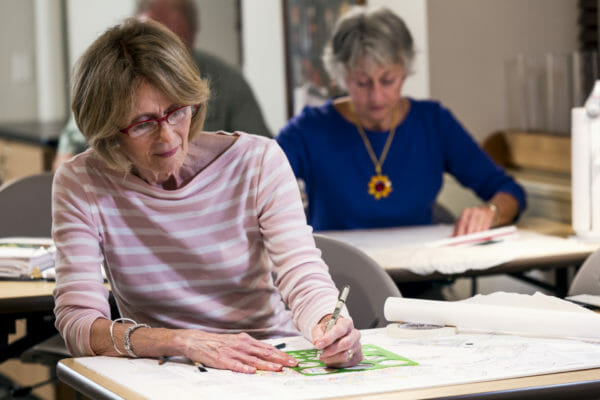Are overly aggressive plants invading your landscape? Examine the problems caused by invasive plants and discover management strategies for controlling them. Learn how to identify common invasive weeds and how to distinguish them from similar-looking native species. See invasive-plant management techniques and restoration strategies in practice in Mt. Cuba’s natural lands. Dress for the weather
MoreSave money and increase your garden plants through simple propagation techniques using seeds and cuttings. Review the ethics of wild-collected seed and learn the basics of seed biology, germination, and storage. Study the principles of asexual plant reproduction; learn when and how to take cuttings; and practice proper techniques for preparing and rooting them. Take
MoreCreate more ecologically sound landscapes by implementing a variety of sustainable gardening and landscaping techniques. Learn how to manage and conserve water using rain gardens, bioswales, and rain barrels. Reduce the demands of lawn care by adding meadow areas and increase your energy savings with strategically placed layered plantings. Develop your garden to support a
MoreNative plants of the Eastern Temperate Forest are beautiful, inspiring, and critically important for healthy landscapes. From the subdued colors and fragrances of spring wildflowers to the exuberance of summer perennials and the captivating hues of fall foliage, discover a wealth of plants that satisfy your gardening needs throughout the seasons. Using Mt. Cuba Center’s
MoreNative plant communities are supported by healthy, balanced soils that contain a vast array of living organisms including microbes, insects, and other fauna. Learn the basics of soil science, the value of organic matter and its role in soil structure and nutrition, and the importance of soil organisms. Learn how to make and use compost
MoreEcologically sound landscapes are adapted to local environmental conditions and require fewer inputs to achieve success. Learn how to measure, inventory, and analyze a site; then make a conceptual design and planting plan using the “right plant, right place” approach. Broaden your design perspective, increase biodiversity in the landscape with native plants, decrease lawn, and
More
